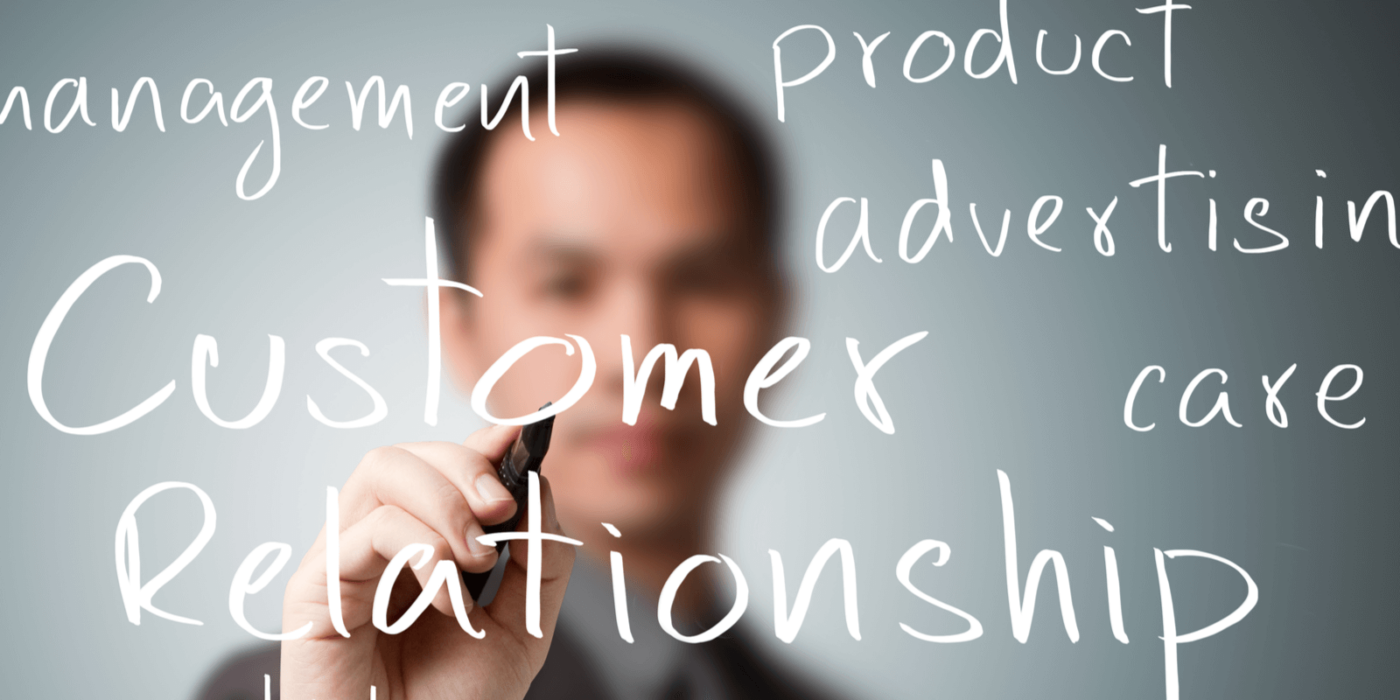AI Ethics in Business: Transparency, Governance, and Privacy
AI in business isn’t just about harnessing powerful tools—it’s about using them responsibly to maintain trust and avoid unnecessary risks
Read More About AI Ethics in Business: Transparency, Governance, and Privacy



